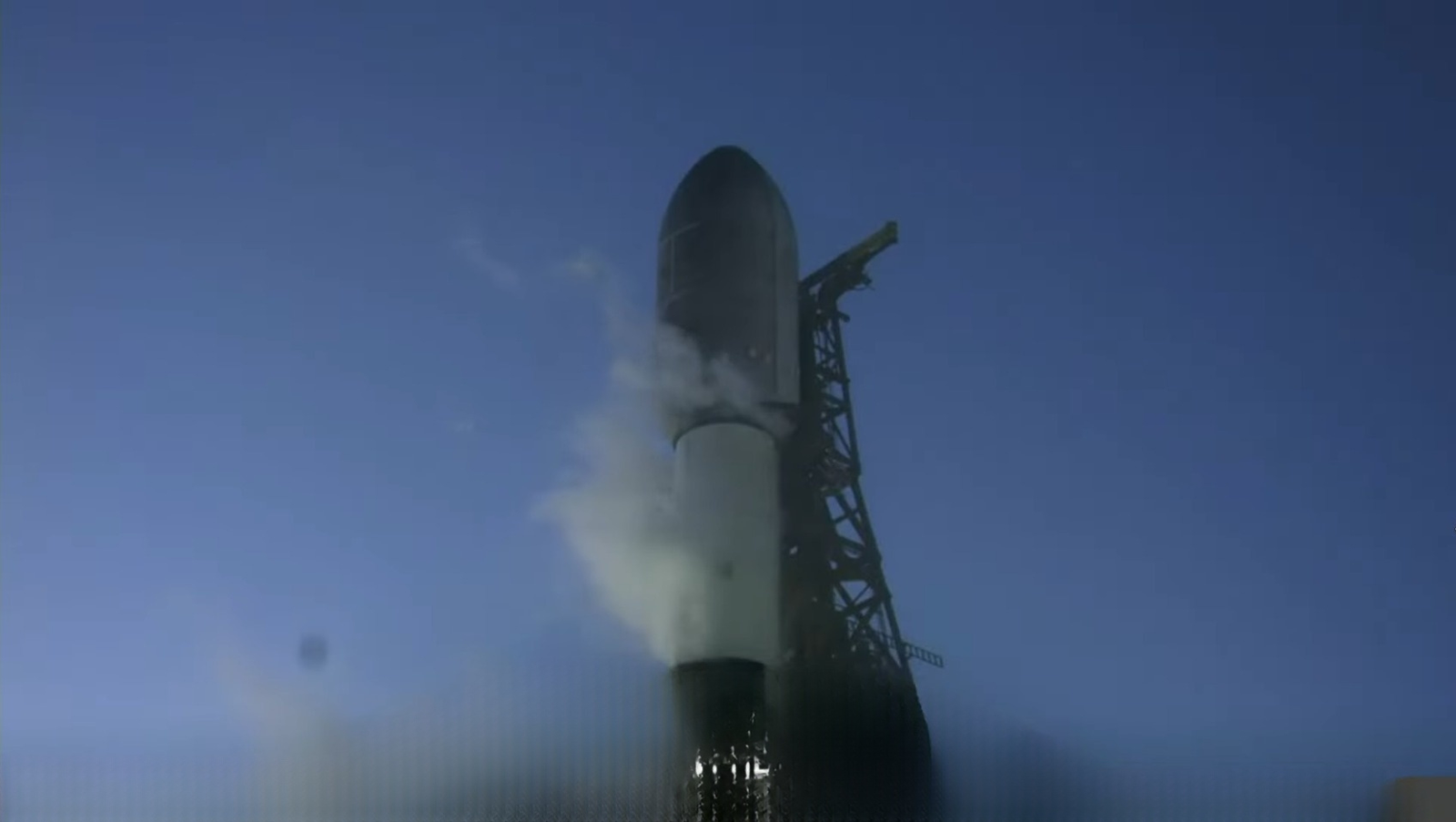
SpaceX’s Starship:
SpaceX, the pioneering space exploration company led by Elon Musk, experienced a mix of excitement and disappointment as they came tantalizingly close to achieving a milestone in space travel. The third test flight of their ambitious SpaceX’s Starship spacecraft ended abruptly as contact with the vehicle was lost during its descent back to Earth. Despite this setback, the flight marked significant progress for SpaceX and garnered attention from both enthusiasts and stakeholders in the space exploration community.

The test flight, which lasted close to an hour, began optimistically as SpaceX’s Starship lifted off from the launch pad at the southern tip of Texas. Unlike previous attempts that ended in explosions shortly after liftoff, this flight showcased remarkable resilience as the spacecraft soared higher and farther than ever before. SpaceX had high hopes for this mission, aiming for a splashdown in the Indian Ocean, but unfortunately, contact was lost as Starship approached its intended target.
According to SpaceX spokesperson Dan Huot, “The ship has been lost. So no splashdown today.” Nevertheless, he emphasized the significant progress made during the flight, highlighting the advancements achieved compared to previous attempts. Despite the ultimate outcome, the extended duration of nearly 50 minutes was deemed a success, indicating substantial improvements in the spacecraft’s performance and capabilities.
SpaceX’s Starship, standing nearly 400 feet tall, represents a significant leap forward in rocket technology. Designed to be the largest and most powerful rocket ever built, it holds promise for future missions to the moon and beyond. NASA, in particular, has a vested interest in the success of Starship, as it plays a crucial role in their Artemis program, aimed at landing astronauts on the lunar surface within the next few years.
Throughout the flight, SpaceX’s Starship reached unprecedented altitudes, showcasing its potential for deep space exploration. However, approximately 49 minutes into the flight, contact was lost as the spacecraft was flying over the Indian Ocean, leaving its fate uncertain. Despite this setback, SpaceX founder Elon Musk expressed pride in the progress made, acknowledging the significant milestones achieved by the company.

NASA Administrator Bill Nelson also commended SpaceX on the test flight, underscoring its importance for the Artemis program’s success. With plans to use Starship for future lunar missions, NASA is closely monitoring SpaceX’s progress, as the success of Starship is integral to their ambitious goals of returning humans to the moon.
The journey of Starship, though marred by challenges, represents the spirit of exploration and innovation that drives humanity’s quest for the stars. While setbacks are inevitable in the pursuit of groundbreaking technology, they serve as valuable learning experiences, guiding future endeavors towards even greater achievements.
As SpaceX and NASA continue to push the boundaries of space exploration, the legacy of Starship’s test flights will serve as a testament to the resilience and determination of those who dare to dream of reaching new frontiers in the cosmos. While the loss of contact with Starship is a setback, it is not the end of the journey. With each test flight, SpaceX brings humanity one step closer to realizing the dream of interplanetary travel and the exploration of worlds beyond our own.






